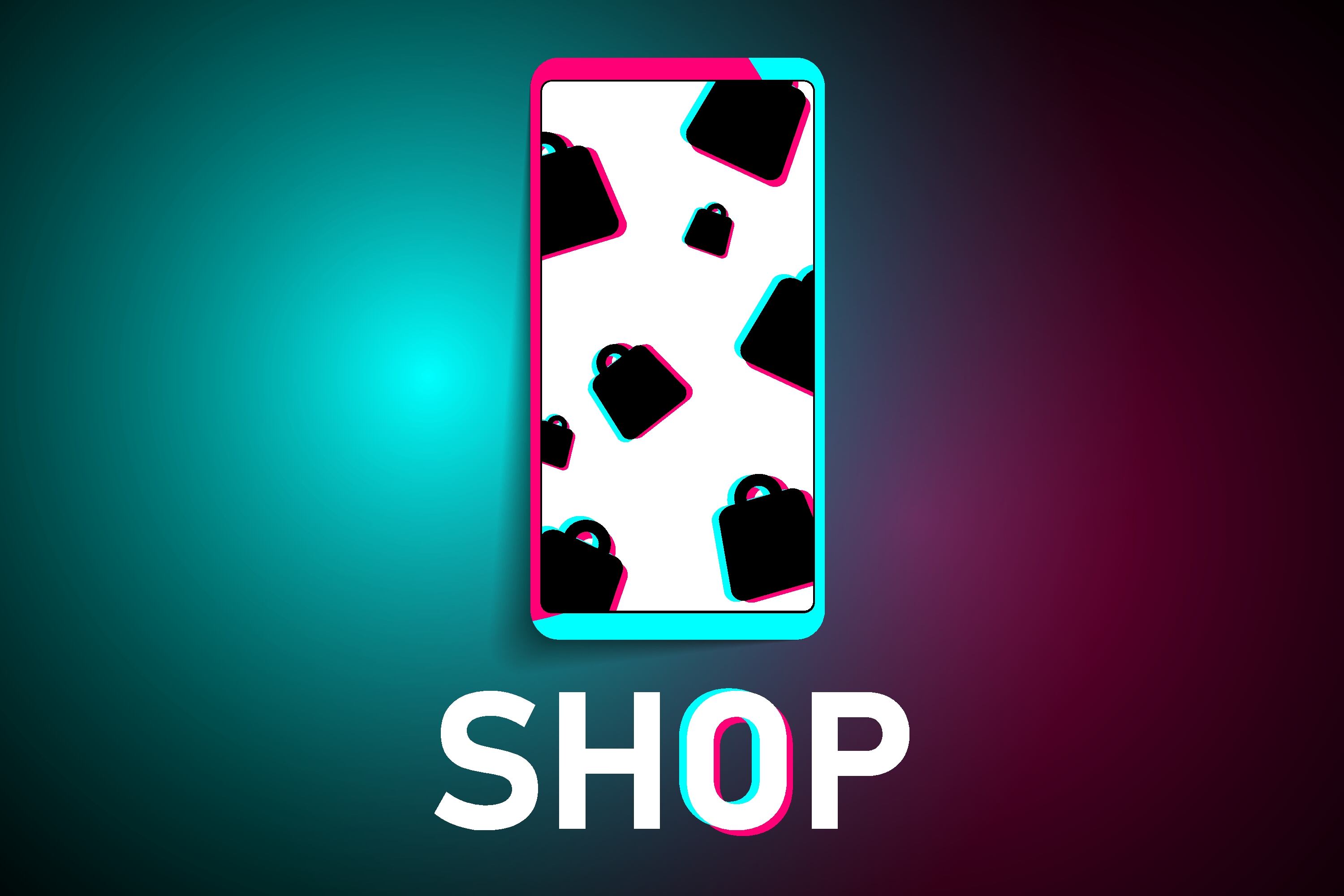Three per cent of global total e-commerce sales of beauty products were conducted via social media platforms in 2024, with 22% of this driven by TikTok trends, according to Euromonitor.
Since its launch in September 2023, TikTok Shop (TTS) has offered products across 11 categories and established a significant user base. Last year, beauty and personal care (BPC) was the top-selling category, accounting for about 6% of TTS sales in the US.
“Asia-Pacific is at the forefront of retail innovation globally, and leads in social and livestreaming e-commerce. These channels continue to transform how consumers discover, engage, and transact with brands and retailers.
“TTS has seen phenomenal success across South East Asian (SEA) markets, and has announced expansion plans into Japan in mid-2025. Douyin in China and TikTok’s content-driven discovery mechanisms encourage interaction, reduce barriers to purchase, and drive product sales in a closed-loop ecosystem,” Quan Yao Peh, consultant at Euromonitor, told CosmeticsDesign-Asia.
In addition, Yang Hu, insights manager for health and beauty in Asia-Pacific, believes that in the beauty industry, social media platforms have already surpassed search engines in terms of initial product discovery, especially as consumers increasingly use these platforms as primary search tools.
“However, when it comes to actual purchases, search engines and e-commerce platform search functions will remain highly relevant. Once consumers have decided on a product, they often conduct a secondary search to compare prices and find the best deal before making a purchase.”
Bob Hoyler, global insights manager for retail, added that Gen Z consumers are more likely to begin their product research on social media platforms such as TikTok than on traditional search engine sites like Google.
“This poses a significant threat to Google’s core business. Fortunately, as Google’s parent company, Alphabet, also owns YouTube, there is a chance that it may be able to siphon much of the product discovery activity back into a platform that it operates.”
Key factors driving BPC sales on social commerce
According to Hu, one of the primary drivers of BPC sales on social commerce is high engagement, especially among key consumer groups such as young female shoppers, who spend a significant amount of time scrolling through content on platforms like TikTok, Instagram, and YouTube.
“In today’s oversaturated digital environment, consumers are increasingly seeking content and products that feel joyful, authentic, and entertaining. Social commerce taps into this demand by offering an interactive, trend-driven experience, and not just a transaction. Influencer content, live streams, and short-form videos turn product discovery into an engaging journey, making consumers more likely to explore and purchase.
“Additionally, consumers are actively looking to follow trends and discover new products by engaging with content from their favourite creators. This influencer-led product discovery, combined with seamless in-app purchasing, makes social commerce a powerful driver in the BPC category.”
Based on Euromonitor’s Voice of the Consumer: Beauty Survey fielded July 2024 and involving 9,983 respondents, 59% of global skin care consumers are influenced through digital media channels.
These include online special offers, online and expert reviews, social networking sites, official brand websites, and blog posts.
“Digital media plays an important role in influencing purchasing decisions and shaping the overall customer experience. This is especially true within the skin care market.
“Influencers, dermatologists, and skin care experts continue to drive the narrative, but they are now joined by brands using integrated social commerce features. For example, shoppable videos and live-streaming skin care tutorials let consumers ask questions in real time and make purchases on the spot.”
How to avoid falling behind
To leverage the rise of social commerce, particularly for companies that are traditionally less digitally savvy, Hu suggested hosting offline pop-up events that offer unique, immersive experiences as a starting point.
“The competition among beauty brands is shifting from product-centric selling to experience-driven engagement, where immersive and shareable content, omnichannel experiences, and lifestyle-led marketing are central to building customer loyalty and long-term brand presence.
“Pop-up events can encourage consumers to capture and share their moments on social media, helping the brand gain digital visibility through organic, user-generated content.
“Whether online or offline, the ultimate competition lies in capturing the most limited resource — consumers’ time. Leading brands are investing in storytelling formats, digital-first launches, and social commerce experiences that reflect cultural nuance. Benchmarking best-in-class e-commerce and marketing tactics is essential for future content strategy.”
From a retail perspective, Hoyler said that in this new era, brands will need to shift more of their spending towards social media platforms to avoid falling behind the competition.
“As social media becomes more central to people’s lives, the balance of power between social media platforms and brands is shifting in favour of the former. With these entities drawing in so many users, brands must not only advertise on these platforms but also increasingly abide by their seller requirements — just as they have been forced to do so for years on online marketplaces like Amazon or in brick-and-mortar stores of giant retailers such as Walmart.
“If social media platforms are demanding more from their brand partners, then brands must also become more assiduous in monitoring the efficiency of their spending on digital channels and cutting spending on platforms that are losing eyeballs.”
At the same time, brands need to emphasise authenticity, transparency, and consistency to build trust on social media and establish meaningful engagement and long-term loyalty.
“Identifying micro-influencers who align with the brand’s values allows for genuine advocacy, which resonates more with audiences compared to overly commercialised collaborations.
“Cost-effective initiatives, such as ambassador programmes with micro-influencers, not only boost brand awareness and engagement but also generate high-quality leads. Consistency in messaging across platforms and interactions is also crucial to maintaining a cohesive brand voice, ensuring credibility is reinforced at every touchpoint,” Hoyler added.
While livestreaming has become a lucrative sales channel in Asia-Pacific, it is still considered niche in other regions.
Furthermore, the uncertain future of TikTok in the US could result in a temporary setback to the performance of social commerce outside of Asia.
However, with shoppable videos rapidly moving into the global mainstream, and livestreaming on the verge of doing so outside Asia, it is necessary for brands to adapt with the times by integrating more immersive video content into their website, apps, and social media channels.
“With social commerce and e-commerce sales booming, the smart play for brands is to increase their visibility on platforms that offer both marketplace and livestreaming features.
“TikTok and Douyin are obvious choices, but with its pivot to shoppable videos, YouTube provides an interesting alternative — although it has yet to completely integrate marketplace features at the moment.”



